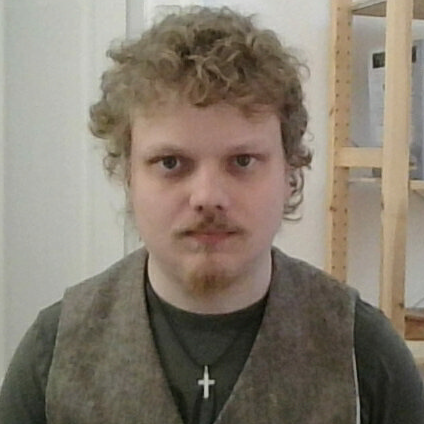Brian Sandberg said:
But innovation is by definition surprising; if you could predict new ideas you'd have them already. It would be shocking if there aren't a few fundamental idea left that we haven't stumbled across yet in the FPS space. I doubt they will appear first in AAA projects though, since those have become so risk-averse.
Haha, yes. And actually, sitting here discussing FPS game design ideas, i do not feel like a dev. I feel like a gamer, who thinks he could do anything better, planning design ideas just in his imagination and assuming it would be just awesome. :D
That's not how it works, to me at lest. The process is coding the game as intended, then i see it does not work. But i might also see something else works or feels promising. So i abandon my initial design idea and follow the new path, to see where it takes me.
It's basically a random walk. But i guess you can't do this for a billion dollar AAA production either, so the AAA industry follows the same fate than their audience: They degrade to wannabe game designers, who think they could plan a video game on paper, then let others care about implementation details afterwards.
Brian Sandberg said:
The hero shooter has taken over from the arena shooter.
Ah yes. I forgot some other things too, just because they are not on my personal radar.
Brian Sandberg said:
Which would you consider the last great narrative FPS?
Maybe my definition is personal, but quite precise: HL is not a narrative FPS to me. The classical example is Singularity. In this game you are lonely. You arrive at some military research facility, where something went wrong. You pick up story fragments in from of notes. You read them if and when you want. There is a lot of environmental storytelling too, like in HL. But this can't tell an actual narrative. The collectable text / audio logs do this. They tell the story, and you put it together like a puzzle in your imagination. Only video games can implement such form of story telling.
That's what narrative FPS means to me. It does not interrupt gameplay, like cutscenes do. The player has full control of consuming story, and it's technically optional. (It's also cheap to produce.)
Modern AAA games are a lot about story telling, but they do so like Hollywood. And why not? People have just shitty gamepads, so an immersive experience is not possible anyway, and it's no big problem to interrupt gameplay.
And this gives us the hungry niche of former single player FPS players. They don't want to consume entertainment, they want an experience.
Brian Sandberg said:
There's been so many boomer shooters over the last few years, from Prodeus to Boltgun, and increasingly esoteric indie shooter show no sign of stopping?
Yes. It's not enough, but there are still new and good games to find. I still call it ‘dead’, but i just tend to exaggerate to make a point.
Brian Sandberg said:
What do think of new gameplay modes? Extraction shooters, battle royale, and whatever the hell Gray Zone Warfare is going to be classified as. That's probably something where we can continue to come up with ideas for a long time.
I'm already out of date. Just recently i asked myself: What the fuck is an ‘Extraction Shooter’? Idk.
Because i do not play MP anymore, i guess. I've played a lot of LAN MP Quake 3 and later some Quake Live over internet. That's awesome, and worth it's own discussion, but personally i just focus on single player design topics all the time.
However, i've noticed the ‘shrinking circle’ in PUBG, to shrink the map and enforce a winner in Battle Royale.
That's a brilliant idea ofc. If you can come up with such ‘surprising innovation’, you may be a made man. : )
Edit:
Brian Sandberg said:
Which would you consider the last great narrative FPS?
Scorn. So that's not too old. :D








